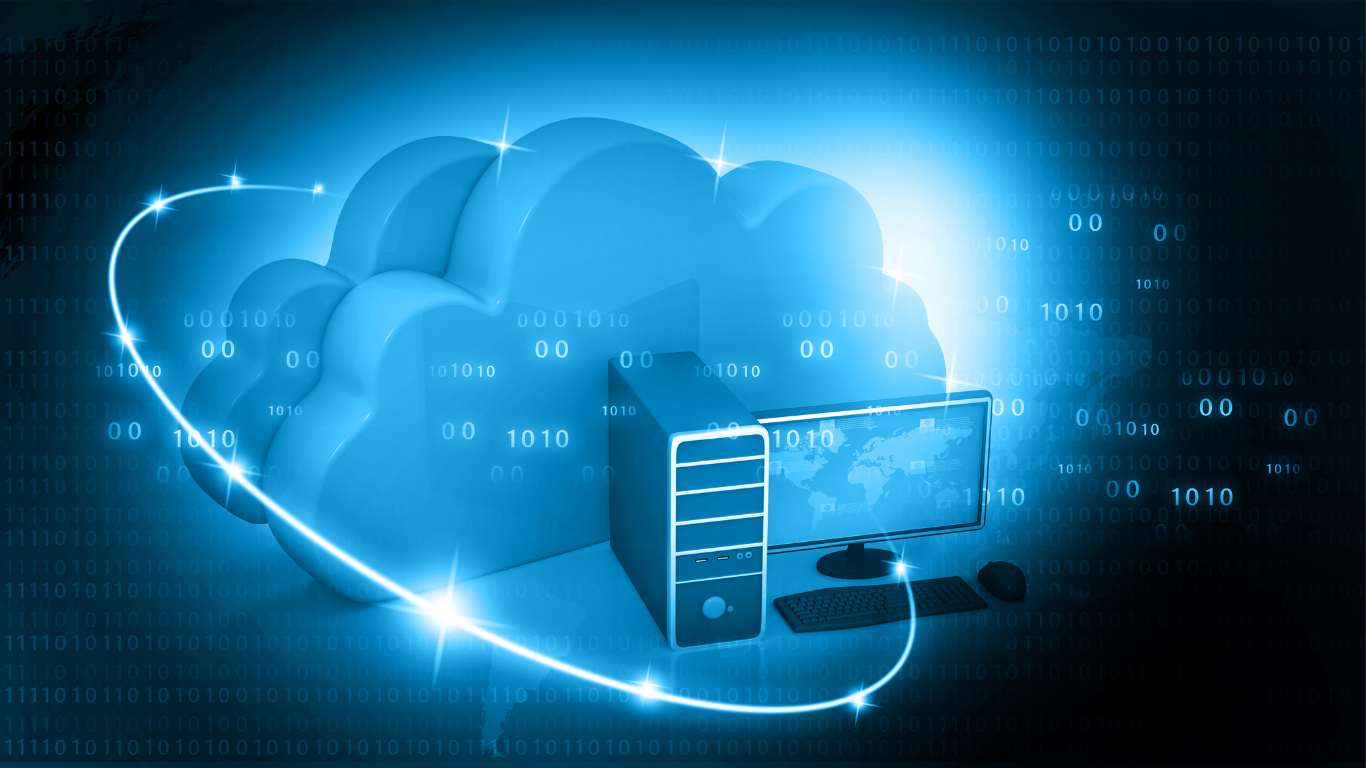As enterprises move to streamline IT costs and accelerate innovation, serverless computing is evolving rapidly—and is poised to redefine the entire cloud infrastructure landscape. In 2025, serverless is no longer just about “running code without servers”; it’s about extracting new business value and unleashing breakthrough applications driven by automation, edge computing, and artificial intelligence (AI).
What Is Serverless Computing?
Serverless computing lets developers build and run applications without worrying about server management. Cloud providers (like AWS Lambda, Azure Functions, Google Cloud Functions) handle all provisioning, scaling, and backend maintenance. Developers simply focus on writing and deploying code, paying only for compute resources consumed.
Key Benefits:
- Zero infrastructure management
- Auto-scaling and quick deployments
- Cost-effective, pay-as-you-go pricing
- Rapid development and innovation
Top Trends Shaping the Future of Serverless Computing
1. AI and Machine Learning Integration
AI-driven features are transforming serverless architectures. By integrating deep learning models into serverless functions, companies accelerate innovation in real-time data analytics, anomaly detection, natural language processing, and chatbots. AI-powered autoscaling means that serverless platforms automatically optimize resources, improve performance, and eliminate cold-start latency.
2. Edge Computing Convergence
As latency-sensitive workloads like IoT, gaming, and video analytics expand, serverless functions are increasingly deployed at the network edge. Edge/serverless integration enables apps to process data closer to users, improving real-time response and reducing latency. Major clouds offer solutions like AWS Lambda@Edge and Azure IoT Edge for scalable edge-native developments.
3. Stateful Serverless Architectures
Traditionally, serverless was designed for stateless functions. Now, innovations like stateful serverless and persistent data storage allow developers to handle complex business logic, maintain session data, and build scalable, distributed systems. Solutions like Knative and OpenFaaS enable better function portability across different cloud providers.
4. Multi-Cloud and Hybrid Cloud Serverless
Vendor lock-in was once a barrier. Now, open-source frameworks—like Serverless Framework, Knative, and Google Cloud Run—facilitate portability across hybrid/multi-cloud environments. Businesses can seamlessly run serverless workloads on AWS, Azure, Google Cloud, or on-premises infrastructure, balancing regulatory compliance and cost-effectiveness.
5. Quantum and Autonomous Serverless Platforms
Quantum computing integration will democratize access to next-gen computational power through serverless frameworks. Autonomous platforms, powered by AI, will soon auto-generate, test, and deploy serverless applications based on business goals, cutting delivery timelines from months to hours.

Leading Use Cases: Serverless in Action
- Web & Mobile Apps: Scalable APIs for SaaS platforms, e-commerce, mobile backends.
- Real-Time Data Processing: On-demand Lambda execution for logs, video streaming, analytics.
- Chatbots & Voice Applications: NLP-powered chatbots, voice assistants, and conversational UI.
- IoT & Edge Analytics: Process sensor inputs, automate responses in smart cities and manufacturing.
- Automated DevOps & CI/CD: Event-driven code deployment, monitoring, and system cleanup.
Market Growth and Adoption
The global serverless computing market is projected to reach USD $52 billion by 2030, growing at a CAGR of 14% from 2025 onwards. This surge is driven by demand for cost reduction, scalable architectures, and faster time-to-market.
Enterprises across banking, healthcare, media, and logistics are rapidly adopting serverless-first strategies to improve agility and innovation. Cloud provider investments into serverless AI, edge, and automation are fueling broader adoption.
Key Challenges and Considerations
While serverless computing offers tremendous benefits, some challenges remain:
- Cold Start Latency: Function initialization delays during scaling.
- Vendor Lock-In: Cloud-specific features may hinder portability.
- Monitoring & Debugging: Distributed architectures can complicate troubleshooting.
- State Management: Storing stateful data in stateless environments needs new strategies.
Modern serverless platforms are mitigating these issues with advanced tooling, stateful patterns, platform-agnostic solutions, and cloud-native monitoring systems.
Best Practices for Adopting Serverless
- Choose serverless platforms that support AI/ML integration and edge deployments.
- Design applications for modularity and event-driven workflows.
- Use monitoring tools, tracing, and robust security configurations.
- Prefer multi-cloud-ready frameworks to avoid vendor lock-in.
- Continuously evaluate new developments in serverless automation.

Conclusion
The next decade is set to be transformative for serverless computing. With explosive market growth, innovations in AI, stateful architectures, edge deployments, and quantum integration, serverless will help enterprises deliver modern, resilient applications at unprecedented speed. Businesses prepared to adopt these advances will lead in digital transformation while maximizing agility, scalability, and cost-efficiency.



